What to know
- OpenAI’s Sora will be publicly released later this year.
- Sora will eventually incorporate audio into its generated scenes and even allow users to edit the videos.
- In keeping with OpenAI’s policies, Sora won’t produce images of public figures to prevent the spread of misinformation.
- OpenAI has also revealed that Sora is trained on data that was either publicly available or licensed data.
OpenAI’s Sora – a text-to-video generator – will soon be available to the general public later this year. The company’s chief technology officer Mira Murati revealed plans to roll out the new Sora AI video tool in an interview with The Wall Street Journal.
Murati moreover announced OpenAI’s plans to incorporate audio to make the AI-generated video even more immersive, as well as giving users the ability to edit the video content in the tool itself. All such features are slated to arrive ‘eventually’, which could mean that they will be integrated only after the initial launch.
Speaking of the launch, Murati let drop that Sora will be available “this year” or even in “a few months”. Among the few details divulged by OpenAI’s CTO is information about Sora’s training data, which she claims was either publicly available or licensed by the company.
We’ve already seen glimpses of what Sora is capable of and it sure does look like a power-hungry beast. But OpenAI is looking to make Sora available at costs not dissimilar to DALL-E. Given the additional features that Sora will eventually get, it’s already looking like yet another ground-breaking technology that will usher in a wave of AI-generated content.


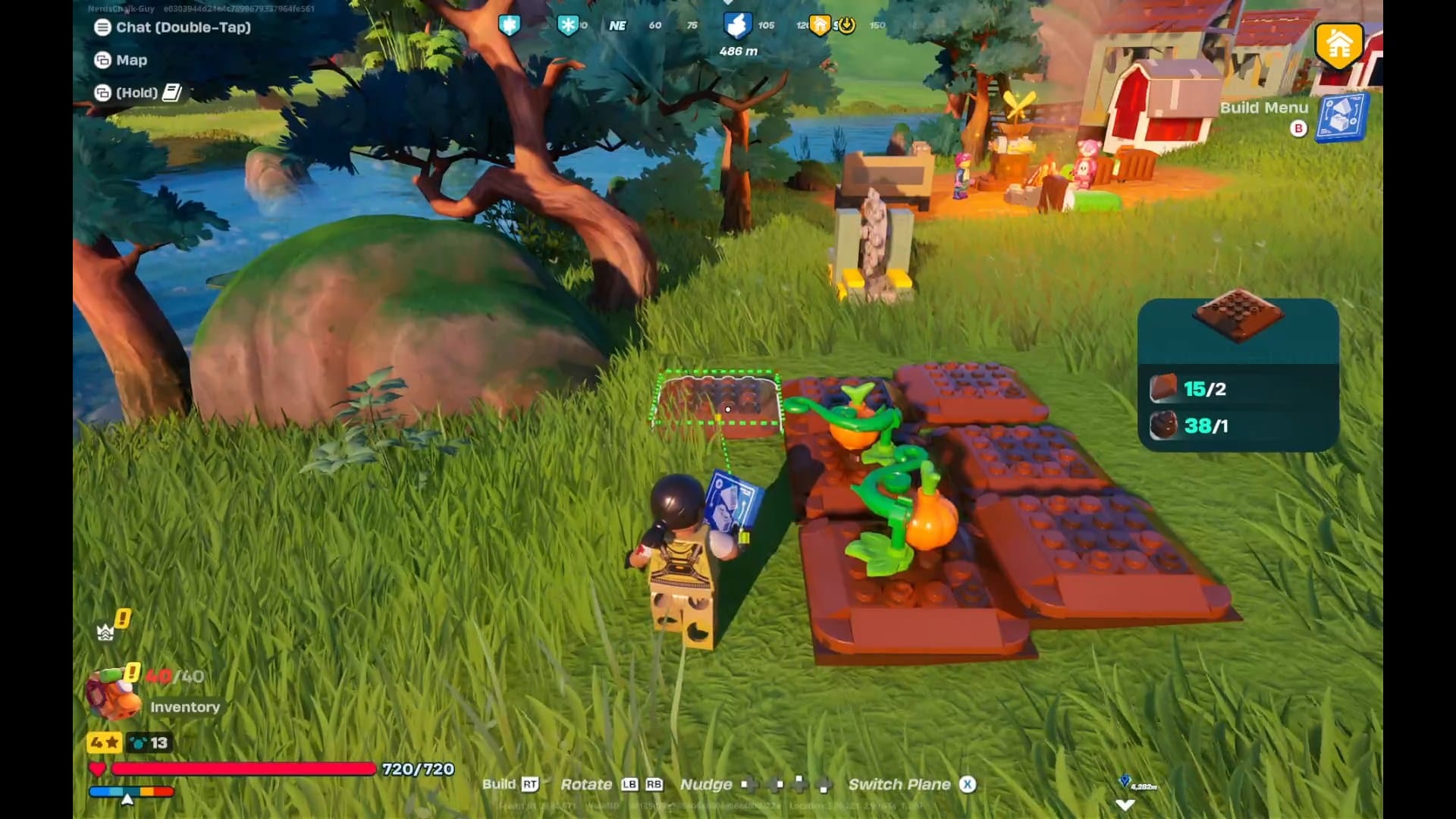
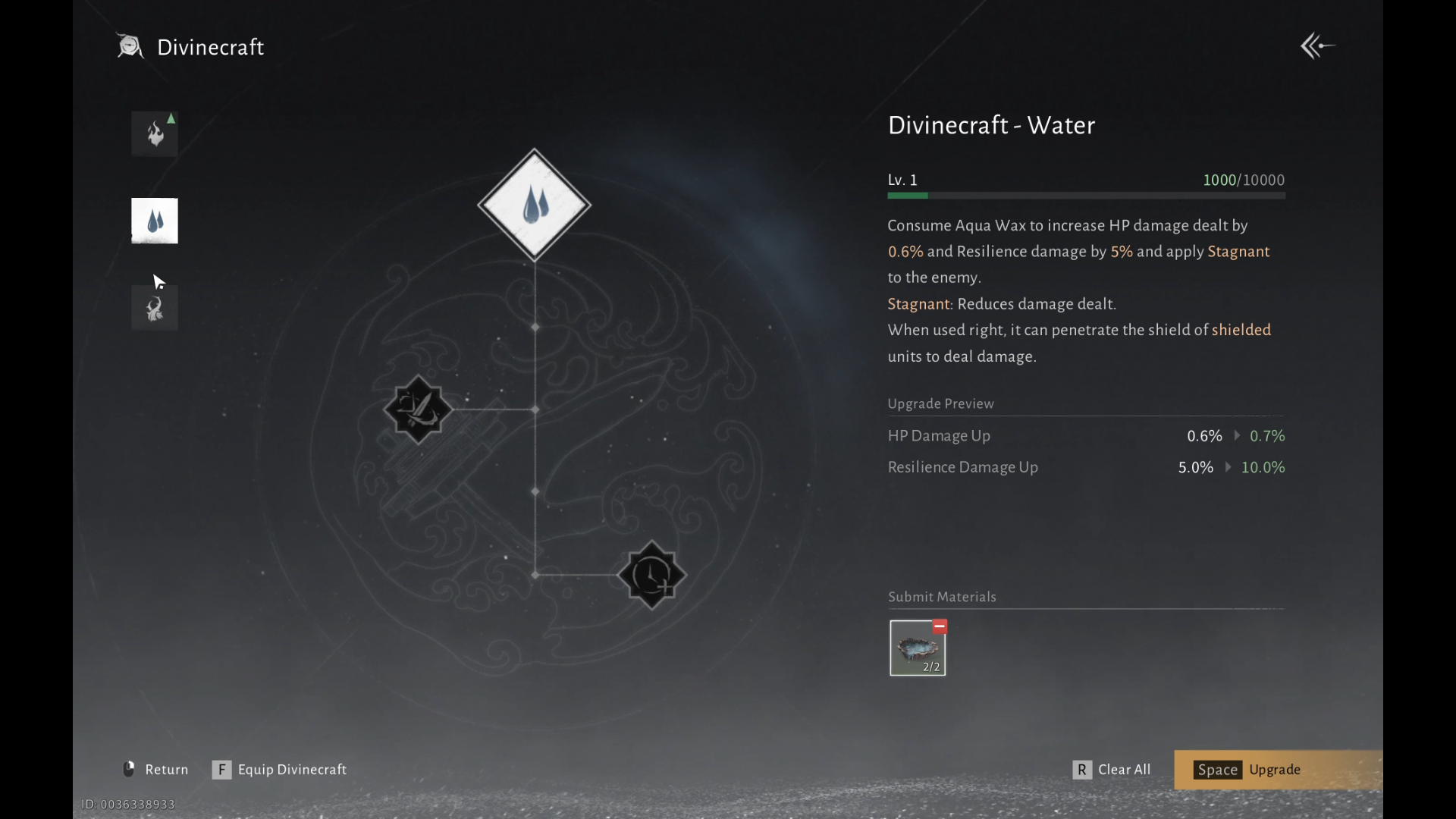

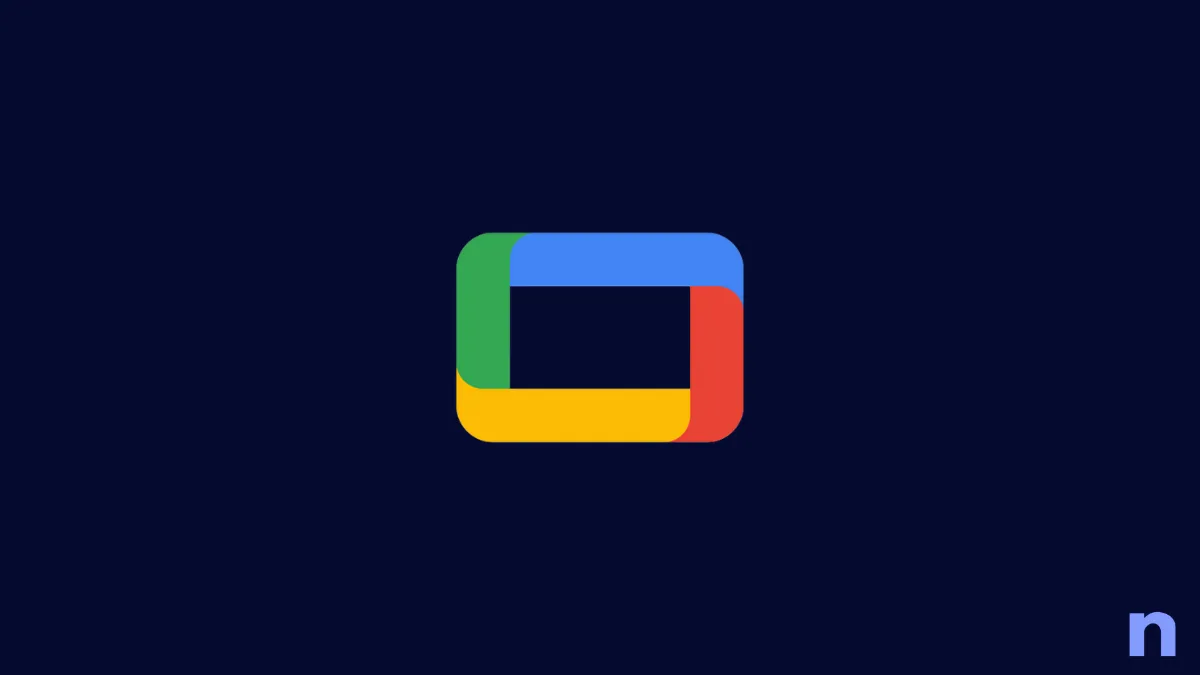

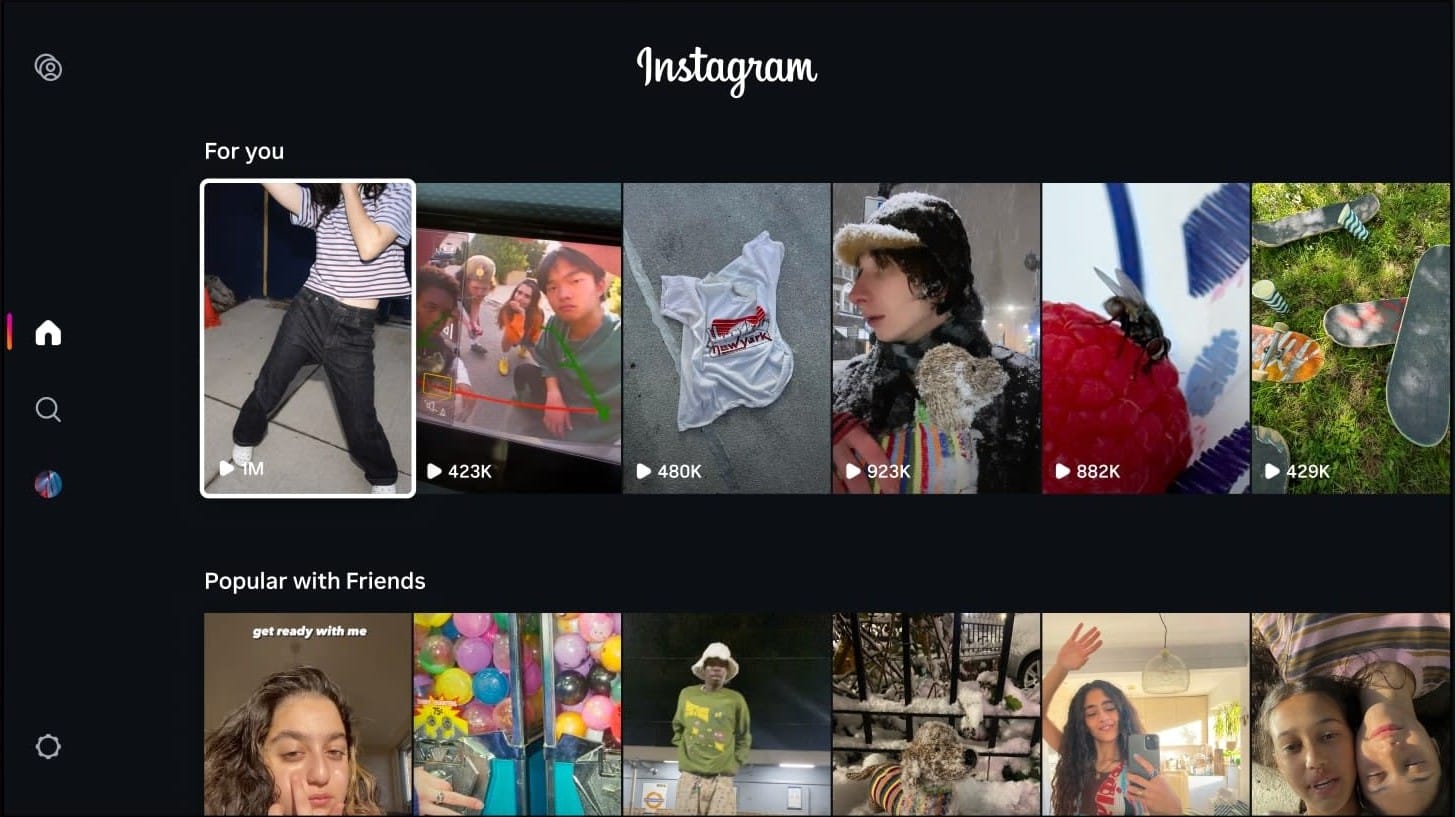



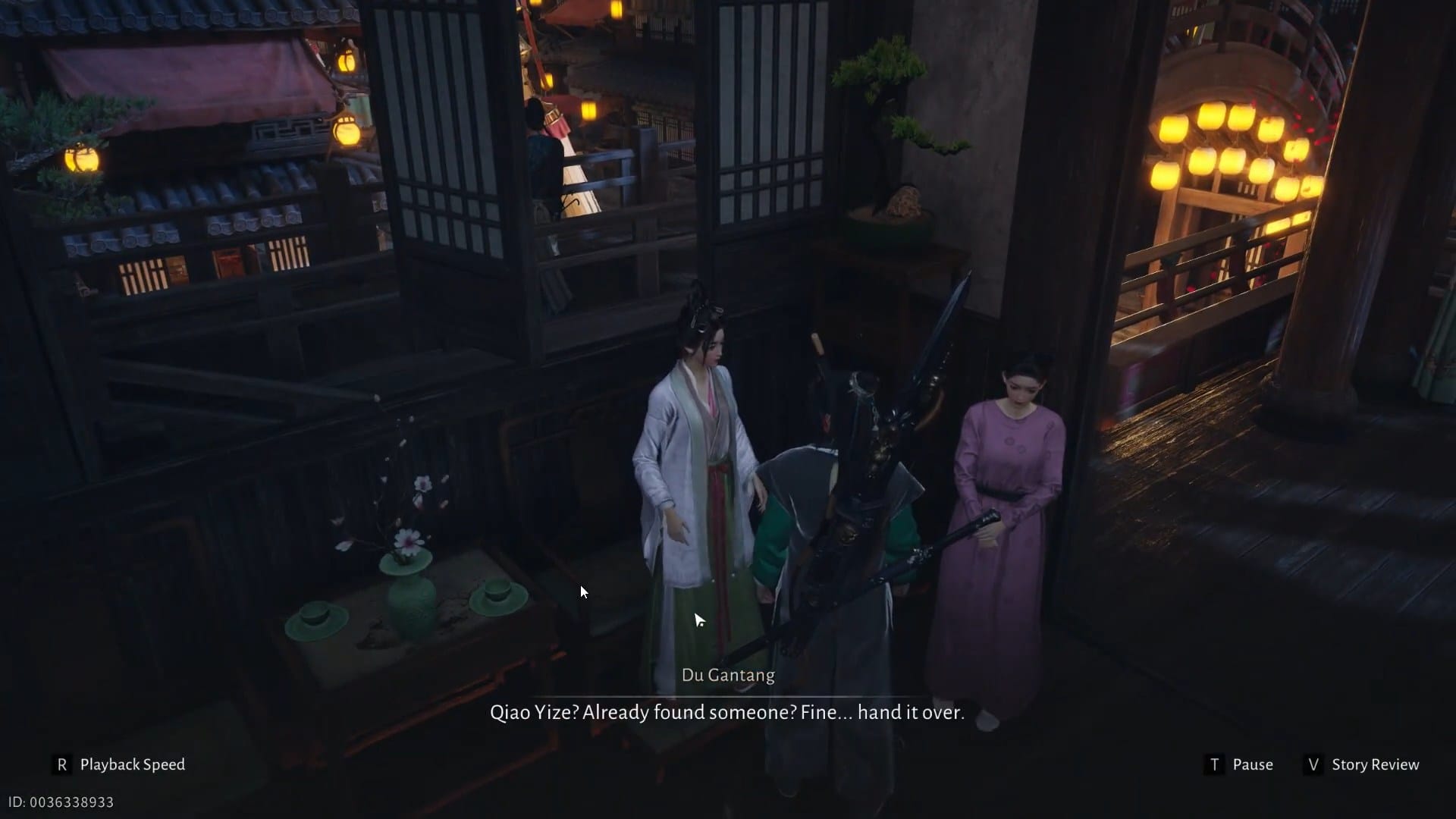

Discussion